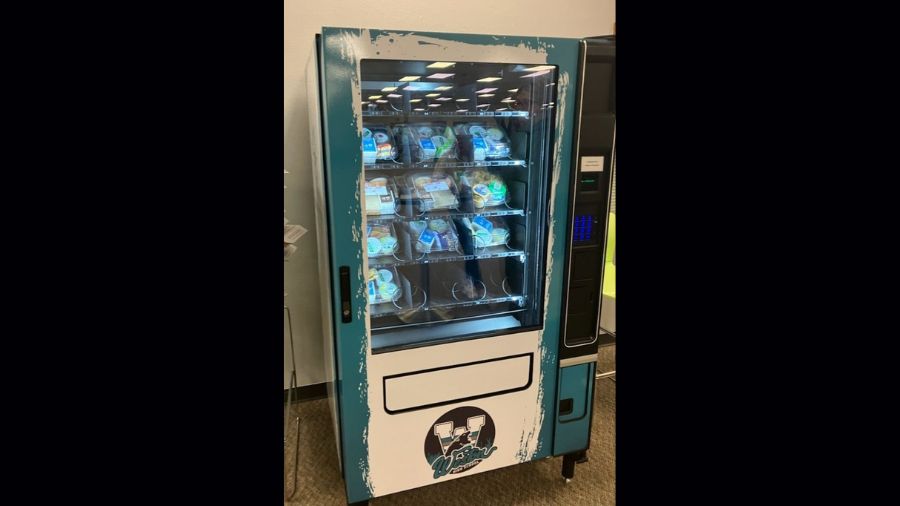Investigation: 520 bridge contractor put workers in danger of crane collapse
Dec 18, 2014, 3:22 PM | Updated: Dec 23, 2014, 12:25 pm

A Washington State Department of Labor and Industries investigation found that Kiewit-General, the contractor tasked with building a new 520 floating bridge, committed willful and serious safety violations that put their workers in danger. The violations stem from a June 21 incident at the company's site in Aberdeen, a source said. (Photo: WSDOT/Flickr)
(Photo: WSDOT/Flickr)
The contractor building a new 520 floating bridge is accused of willfully putting the lives of workers in danger by ignoring safety warnings related to cranes being used on the project.
Kiewit-General will receive a fine of more than $150,000 for willful and serious safety violations stemming from an accident at the site in Aberdeen where pontoons for the floating bridge are being constructed, according to a source with knowledge of the incident, which led to an investigation by the Washington State Department of Labor and Industries.
On June 21, 2014, a 13,000-pound concrete counterweight being lifted off a construction crane fell to the ground, narrowly missing two workers. Five workers were on the crane at the time, and could have been seriously injured or killed if the crane had collapsed, according to the source.
KIRO Radio has viewed video of the incident, during which the man filming seems to have anticipated an accident of some kind.
“And that’s why I was filming,” he said.
The video was sent to L & I, which led to an investigation.
State inspectors found that a steel hook attached to the top of the counterweight, which is used to lift it, broke free from the concrete and steel frame it was cast in.
The accident led to serious revelations about Kiewit, including accusations that the company knew for nearly 10 years that the steel hooks could be faulty, but failed to take action.
The hook in question, called a lifting eye, was the subject of a manufacturer’s bulletin in 2005 and again in 2011. The bulletin indicated that the steel lifting eyes could fail and should be inspected. If irregularities were found, the manufacturer provided a set of guidelines that companies should follow to fix the lifting eyes.
Kiewit, before it joined with General on the 520 bridge project, owned several tower cranes that used the questionable lifting eyes. Instead of repairing the lifting eyes as the manufacturer recommended, Kiewit attempted its own repairs or, in some cases, didn’t attempt any repairs, the L & I investigation found, according to the source.
The source said Kiewit had, on multiple occasions, disassembled and then re-erected tower cranes in Washington state without replacing potentially faulty lifting eyes when they had the chance.
As a result, Kiewit-General, as a joint venture, will receive willful violations for failing to follow recommendations from the crane equipment manufacturer, failing to address the hazard, and putting employees in direct danger of a tower crane collapse. The company also received serious violations for using a worker that wasn’t qualified to oversee crane disassembly at the Aberdeen site, and for allowing that worker to develop procedures they were not qualified to develop.
Kiewit-General released the following statement:
“Last June, Kiewit experienced a safety incident with one of our cranes on the SR-520 Pontoons Project. It involved employees using a crawler crane to lower counterweights from a tower crane being disassembled. No one was injured. Kiewit immediately initiated an investigation and fully cooperated with an investigation by the Washington Division of Occupational Safety and Health, part of the Washington State Department of Labor & Industries.
Kiewit has taken this incident extremely seriously. We have reviewed and addressed our crane processes and communications, collaborated with the manufacturer and DOSH inspector to implement a modified, approved way to safely tear down our tower cranes and handle counterweights, and conducted more extensive crane safety training.
Nothing is more important than the safety of those working on our jobsites and the public. We expect a report from DOSH soon that will specifically address any findings. We take accountability for the safety of everyone working on this project — and will address the report once we receive it.”
Kiewit-General will have 15 days to appeal the violations.
A spokesperson for the Department of Labor and Industries declined to comment on specifics of the investigation until Kiewit-General received notice of the violations.
Ian Sterling, a spokesperson for the Washington State Department of Transportation, also declined to comment on specifics of the case.
“Safety is our number one priority at WSDOT,” he said, “and our contractors are expected to follow all safety regulations and local laws.”
The new 520 floating bridge is expected to open to traffic in the spring of 2016. Work at the Aberdeen site is near completion, with only three pontoons left to be built.












